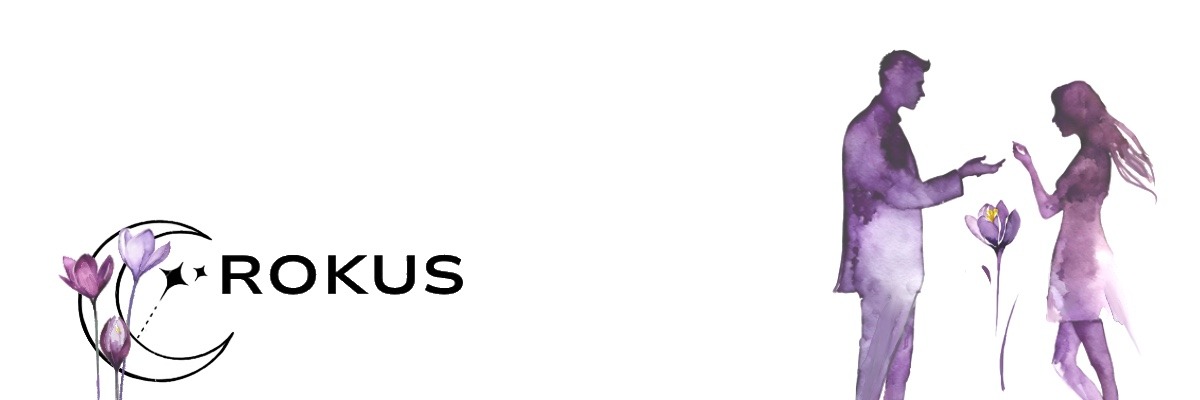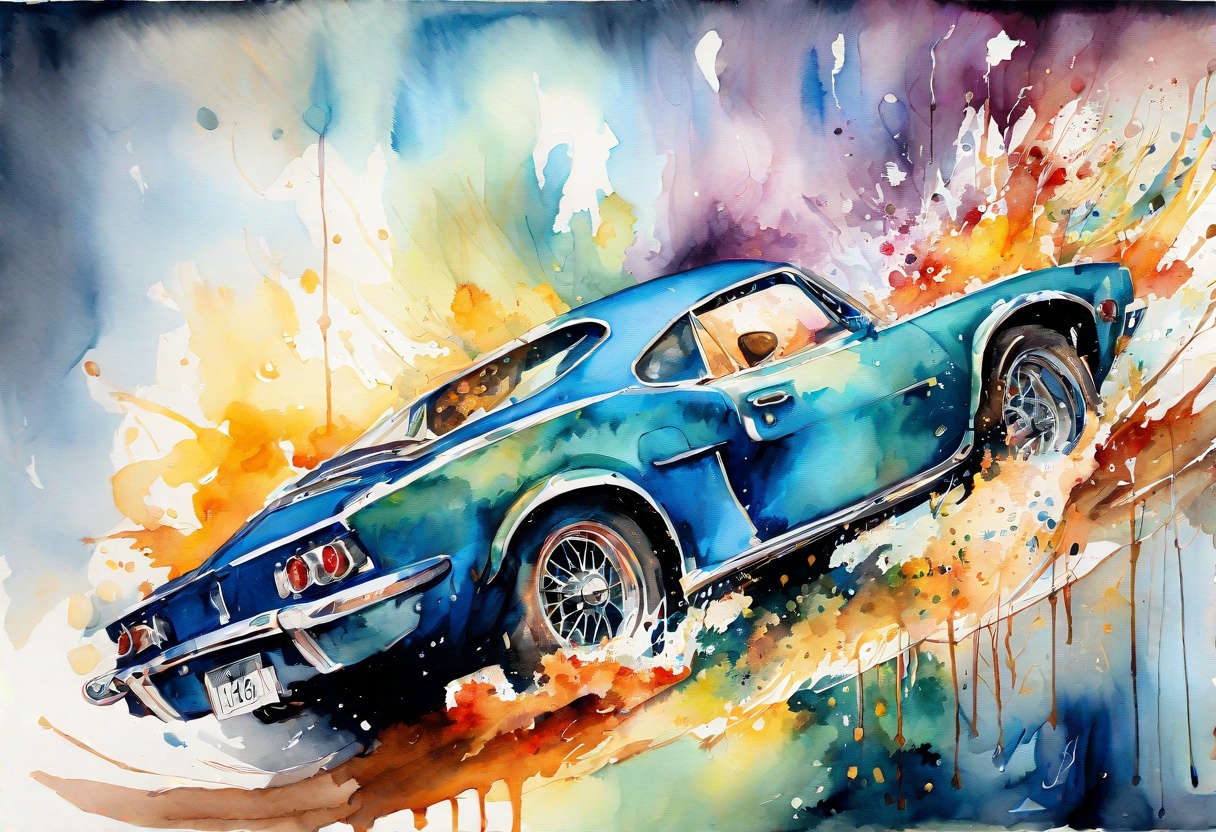Learning how to deal with intense emotions is crucial for maintaining a healthy and fulfilling connection. Relationships can be a source of immense joy, but they can also feel like an emotional rollercoaster—one moment you’re deeply in love, and the next, you’re caught in a storm of frustration, doubt, or even fear of losing what you have. Emotional ups and downs are normal, but if they become overwhelming, they can create instability and tension between you and your partner. Learning how to navigate these highs and lows is very important for healthy relationships.
Why Do Relationships Feel Like an Emotional Rollercoaster?
Strong emotions come from strong connections. When you deeply care about someone, their actions, words, and moods affect you more than those of anyone else. This emotional intensity can lead to extreme happiness but also deep disappointment. Factors that contribute to emotional turbulence include unmet expectations, communication breakdowns, unresolved past wounds, and personal insecurities that get triggered within the relationship.
If you feel like your relationship is always shifting between extremes, take a step back and look at the patterns. Do small disagreements escalate into major conflicts? Do you experience moments of intense closeness followed by emotional withdrawal? Identifying these cycles is the first step in breaking free from them.
How to Deal With Intense Emotions Step by Step
1. Stay Grounded in Reality
When emotions run high, it’s easy to catastrophize—assuming the worst or believing that every fight means the relationship is doomed. Take a breath and ask yourself: “Is this really as bad as it seems?” Keeping perspective can prevent unnecessary emotional swings.
2. Learn to Self-Regulate
Your emotions are valid, but they don’t have to control you. Instead of reacting impulsively, practice techniques like deep breathing, journaling, or stepping away for a moment of reflection before responding to your partner.
3. Improve Communication
Many emotional ups and downs stem from misunderstandings. Learning to express feelings without blame and to listen without defensiveness can prevent unnecessary emotional turbulence. If you struggle to communicate, try setting aside time to talk when both of you are calm.
4. Create Emotional Safety
A stable relationship is built on trust and security. If you or your partner feel constantly on edge, fearing judgment or rejection, emotional swings will only intensify. Make sure both of you feel safe to express emotions without fear of abandonment.
5. Address Underlying Triggers
Sometimes, the emotional rollercoaster isn’t about the present situation but about past wounds being reopened. If a past betrayal, childhood insecurity, or fear of abandonment is fueling your emotions, acknowledge it and consider working through it—whether alone or with professional help.
When Emotional Swings Become Too Much
While some ups and downs are normal, extreme emotional instability can be a red flag. If constant highs and lows are leaving you exhausted, anxious, or insecure, it might be time to evaluate whether the relationship itself is healthy.
Real-Life Example: Overcoming Intense Emotions in Love
Take Emma and Tom, for example. They had been together for several years, but their relationship often felt like an emotional rollercoaster. There were moments of intense passion and joy, followed by periods of frustration, jealousy, and insecurity. Emma, in particular, would sometimes feel overwhelmed by the emotional ups and downs. She couldn’t stop herself from feeling things intensely—whether it was a simple disagreement or an unresolved issue from their past.
The turning point came after a particularly heated argument. Emma realized that her emotional reactions were often disproportionate to the situation. It wasn’t just the argument itself, but old feelings of abandonment from her childhood that were triggering her. This awareness made her take a step back and ask herself, “How to stop feeling emotions so intensely?” She recognized that if she didn’t learn to control her emotions, she would continue pushing Tom away with her unpredictable responses.
Emma and Tom decided to take proactive steps. First, they learned how to deal with intense emotions in love by creating a system of calm communication. Emma worked on grounding herself before reacting to situations, practicing deep breathing and taking short breaks when she felt overwhelmed. They also started setting time aside to have honest discussions about their triggers and past issues. Slowly, their relationship became more stable, and the emotional rollercoaster started to level out.
To Control Your Emotions: Recognizing and Managing Triggers
To control your emotions in love, the first step is recognizing the triggers that lead to intense emotional responses. It could be past experiences, insecurities, or even external stress. Once you identify these triggers, you can create strategies to manage your reactions. For instance, when you feel an emotional surge, take a moment to pause, breathe, and remind yourself of the bigger picture. This is how to deal with intense emotions in love—by making conscious choices to ground yourself before acting impulsively.
How to Stop Feeling Emotions So Intensely?
If you’re struggling to stop feeling emotions so intensely, start by practicing emotional awareness. This means acknowledging your feelings without letting them consume you. Mindfulness techniques, like deep breathing and grounding exercises, can help you regain control over your emotional state. Additionally, challenging negative thought patterns through journaling or speaking with a therapist can provide insight into why you’re experiencing these emotional highs and lows. Gradually, you’ll learn to respond with more balance and control.
Remember, learning how to deal with intense emotions in love is a journey, and it takes time to shift emotional patterns. The key is not to suppress emotions but to manage them in a healthy way that fosters understanding, trust, and connection.
Let Tarot Help You Understand Your Emotional Journey
If you’re struggling with intense emotions in your relationship, Tarot can provide insight into what’s truly happening beneath the surface. Tarot can be a powerful tool for understanding emotional ups and downs in a relationship. The cards help you look deeper into your feelings, uncover hidden fears, and understand what lies beneath your emotions. Sometimes, instability in a relationship stems from inner struggles that aren’t always obvious. Online Tarot readings can help you gain clarity about your own emotions and also provide insight into what your partner might be experiencing. If you feel like your emotional world is becoming too chaotic, consider these Tarot spreads:
How does he feel about me? – if you want to understand what emotions your partner is experiencing
What is the current state of our relationship? – if you need to see where your relationship stands right now
What is blocking us? – if you sense obstacles between you but don’t know what they are
Tarot doesn’t provide final answers, but it helps you see the situation from a new perspective and find a path to harmony. Emotions are powerful, but they don’t have to control your relationship. By recognizing patterns, improving communication, and creating emotional safety, you can turn the emotional rollercoaster into a smoother, more fulfilling ride.



